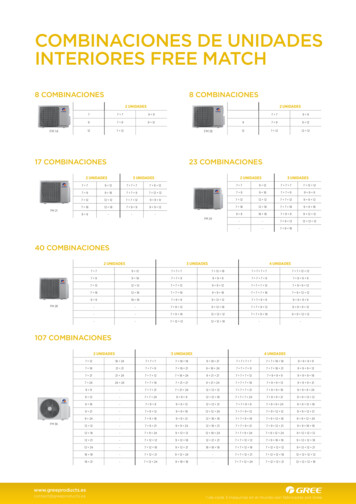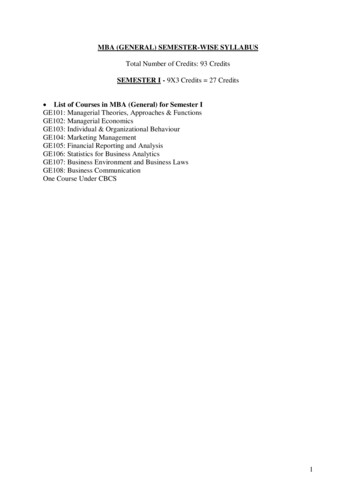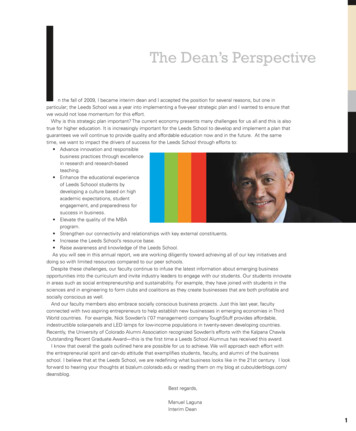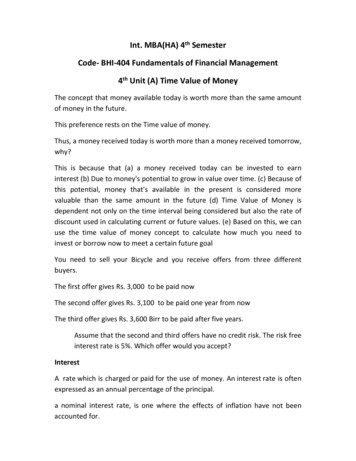
Transcription
Int. MBA(HA) 4th SemesterCode‐ BHI‐404 Fundamentals of Financial Management4th Unit (A) Time Value of MoneyThe concept that money available today is worth more than the same amountof money in the future.This preference rests on the Time value of money.Thus, a money received today is worth more than a money received tomorrow,why?This is because that (a) a money received today can be invested to earninterest (b) Due to money's potential to grow in value over time. (c) Because ofthis potential, money that's available in the present is considered morevaluable than the same amount in the future (d) Time Value of Money isdependent not only on the time interval being considered but also the rate ofdiscount used in calculating current or future values. (e) Based on this, we canuse the time value of money concept to calculate how much you need toinvest or borrow now to meet a certain future goalYou need to sell your Bicycle and you receive offers from three differentbuyers.The first offer gives Rs. 3,000 to be paid nowThe second offer gives Rs. 3,100 to be paid one year from nowThe third offer gives Rs. 3,600 Birr to be paid after five years.Assume that the second and third offers have no credit risk. The risk freeinterest rate is 5%. Which offer would you accept?InterestA rate which is charged or paid for the use of money. An interest rate is oftenexpressed as an annual percentage of the principal.a nominal interest rate, is one where the effects of inflation have not beenaccounted for.
Real interest rates are interest rates where inflation has been accounted forChanges in the nominal interest rate often move with changes in the inflationrate, as lenders not only have to be compensated for delaying theirconsumption, they also must be compensated for the fact that a dollar will notbuy as much a year from now as it does today.What are the components of interest rate?Real Risk‐Free Rate ‐ This assumes no risk or uncertainty, simply reflectingdifferences in timing.Expected Inflation ‐ The market expects aggregate prices to rise, and thecurrency's purchasing power is reduced by a rate known as the inflation rate.Default‐Risk Premium ‐ What is the chance that the borrower won't makepayments on time, or will be unable to pay what is owed? This component willbe high or low depending on the creditworthiness of the person or entityinvolved.Liquidity Premium‐ Some investments are highly liquid, meaning they areeasily exchanged for cash. Other securities are less liquid, and there may be acertain loss expected if it's an issue that trades infrequently.Holding other factors equal, a less liquid security must compensate the holderby offering a higher interest rate.Maturity Premium ‐ Other things being equal, a bond obligation will be moresensitive to interest rate fluctuations, if maturity period is longer.Simple Interest and Compound InterestWhen you deposit money into a bank, the bank pays you interest.When you borrow money from a bank, you pay interest to the bank.Simple interest is money paid only on the principalI PrtWhers asRate of interest is the percent charged or earned.
Principal is the amount of money borrowed or invested.Time that the money is borrowed or invested (in years).Compound interestCompound interest is interest paid not only on the principal, but also on theinterest that has already been earned. The formula for compound interest isbelow.A p (1 r )t“A” is the final dollar value, “P” is the principal, “r” is the rate of interest, and“t” is the number of compounding periods per year.Uses of Time Value of MoneyTime Value of Money, or TVM, is a concept that is used in all aspects of financeincluding: Bond valuation Stock valuation Accept/reject decisions for project management Financial analysis of firms And many others!Types of TVM Calculations There are many types of TVM calculations The basic types that will be covered are: Future value of a lump sum Present value of a lump sum Present and future value of cash flow stream Present and future value of annuities
Basic Rules:The following are simple rules that you should always use no matter what typeof TVM problem you are trying to solve:1. Stop and think: Make sure you understand what the problem isasking.2. Draw a representative timeline and label the cash flows and timeperiods appropriately.3. Write out the complete formula using symbols first and thensubstitute the actual numbers to solve.4. Check your answers using a calculator.Example:How much money will you have in 5 years if you invest Rs.100 today at a10% rate of return?Draw a timeline Write out the formula using symbols:FVt CF0 * (1 r)tThe Future value of MoneyFuture value is the value of an asset at a specific date in the future.It measures the nominal future sum of money that a given sum of money is"worth" at a specified time in the future assuming a certain interest rate, ormore generally, rate of return.Actually, the future value does not include corrections for inflation or otherfactors that affect the true value of money in the future.Future Value Equation FVn PV(1 i)n¾ FV the future value of the investment at the end of n year
¾ i the annual interest rate¾ PV the present value, in today’s dollars, of a sum of moneyThis equation is used to determine the value of an investment at some point inthe future.Future Value of a Lump SumFuture value determines the amount that a sum of money invested today willgrow to in a given period of timeYou can think of future value as the opposite of present valueThe process of finding a future value is called “compounding”Example:How much money will you have in 5 years if you invest Rs. 100 today at a 10%rate of return?1. Draw a timeline2. Write out the formula using symbols:FVt CF0 * (1 r)t3. Substitute the numbers into the formula:FV Rs.100 * (1 .1)54. Solve for the future value:FV Rs.161.05Future Value of a Cash Flow StreamThe future value of a cash flow stream is equal to the sum of the future valuesof the individual cash flows.The FV of a cash flow stream can also be found by taking the PV of that samestream and finding the FV of that lump sum using the appropriate rate ofreturn for the appropriate number of periods.
The following equation can be used to find the Future Value of a Cash FlowStream at the end of year t.whereFVt the Future Value of the Cash Flow Stream at the end of year t,CFt the cash flow which occurs at the end of year t,r the discount rate,t the year, which ranges from zero to n, andn the last year in which a cash flow occursExerciseFind the Future Value at the end of year 4 of the following cash flow streamgiven that the interest rate is 10%.Solution:AnnuitiesAn annuity is a cash flow stream in which the cash flows are all equal and occurat regular intervals.To considered as annuity the following conditions must be presentThe periodic payment must be equal in amountThe time period between payments should be constantThe interest rate per year remains constant
The interest is compounded at the end of each time periodTypes of AnnuitiesThere are different types of annuities, among these are1. An ordinary annuity is one where the payments are made at the end ofeach period2. An annuity due is one where the payments are made at the beginning ofeach period3. A deferred annuity is one where the payments do not commence untilperiod of times have elapsed4. A perpetuity is an annuity in which the payments continue indefinitelyOrdinary AnnuityThe amount of an ordinary annuity (annuity in arrears) consists of the sum ofthe equal periodic payments and compounded interest on the paymentsimmediately after the final payments.The future value (or accumulated value) of an annuity is the amount due at theend of the termFV of ordinary annuity, it is the sum of all the periodic payments made andinterest accrued up to and including the final payment periodWhereCF Cash flow per periodr interest raten number of paymentsUsing TableThe formula for future value
Example: What amount will accumulate if we deposit 5,000 at the end ofeach year for the next 5 years? Assume an interest of 6% compoundedannuallyPV 5,000i .06YearBeginInterestDepositEndAnnuity 021,873.00521,873.081,312.385,000.0028,185.46
A form of annuity where periodic receipts or payments are made at thebeginning of the period and one period of the annuity term remains after thelast payment.The Future Value of an Annuity Due is identical to an ordinary annuity exceptthat each payment occurs at the beginning of a period rather than at the end.Since each payment occurs one period earlier, we can calculate the presentvalue of an ordinary annuity and then multiply the result by (1 i).Where:FVad Future Value of an Annuity DueFVoa Future Value of an Ordinary Annuityi Interest Rate Per PeriodFuture value of Deferred AnnuityWhen the amount of an annuity remains on deposit for a number of periodsbeyond the final payment, the arrangement is known as a deferred annuity.When the amount of an ordinary annuity continues to earn interest for anadditional one year period we have an annuity due situationWhen the amount of an ordinary annuity continues to earn interest for morethan one additional periods, we have a deferred annuity situation.ApplicationThe future value annuity formula can be applied in different contexts.Its important applications areTo know how much we have in the future
FV A(1 r)nTo know how much to save annuallyTo find out the interest rateTo know how long should wait to get the accumulated moneyThe Present Value of Money It is a process of discounting the future value of money to obtain itsvalue at zero time period (at present) Present values tell you the amount you must invest today to accumulatea certain amount at some future time To determine present values, we need to know: The amount of money to be received in the future The interest rate to be earned on the deposit The number of years the money will be investedDiscounting and CompoundingThe mechanism for factoring in the present value of money element is thediscount rate.The process of finding the equivalent value today of a future cash flow isknown as discounting.Compounding converts present cash flows into future cash flows.
Calculating the Present Value So far, we have seen how to calculate the future value of an investment But we can turn this around to find the amount that needs to beinvested to achieve some desired future value: Using the Present Value Table Present value interest factor (PVIF):a factor multiplied by a future value to determine the present value ofthat amount(PV FV(PVIFA) Notice that PVIF is lower as the number of years increases and as theinterest rate increases It can also be calculated using a financial calculatorPV [FV/(1 r)n]Cash Flow Types and Discounting MechanicsThere are five types of cash flows ‐– single cash flows (Lump sum cash flows),– Cash flows stream– annuities,– growing annuities and– perpetuitiesI. Single Cash Flows A single cash flow is a single cash flow in a specified future time period. Cash Flow:CFt Time Period: The present value of this cash flow is‐t
PV of Single Cash Flow II‐Valuing a Stream of Cash Flows Valuing a lump sum (single) amount is easy to evaluate because there isone cash flow. What do we need to do if there are multiple cash flow?– Equal Cash Flows: Annuity or PerpetuityUnequal/Uneven Cash FlowsUneven cash flows exist when there are different cash flow streams each yearTreat each cash flow as a Single Sum problem and add the PV amountstogether.III‐AnnuitiesThe present value of an annuity is the value now of a series of equal amountsto be received (or paid out) for some specified number of periods in the future.It is computed by discounting each of the equal periodic amounts.An annuity is a series of nominally equal payments equally spaced in time.Present Value of an AnnuityThe present value of an annuity can be calculated by taking each cash flow anddiscounting it back to the present, and adding up the present values.We can use the principle of value additivity to find the present value of anannuity, by simply summing the present values of each of the components:
Alternatively, there is a short cut that can be used in the calculation [A Annuity; r Discount Rate; n Number of years] Thus, there is no need to take the present value of each cash flowseparately The closed‐form of the PVA equation is:Annuities Due The annuities that we begin their payments at the end of period 1 arereferred as regular annuities (ordinary annuities) An annuity due is the same as a regular annuity, except that its cashflows occur at the beginning of the period rather than at the endPresent Value of an Annuity Due The formula for the present value of an annuity due, sometimes referredto as an immediate annuity, is used to calculate a series of periodicpayments, or cash flows, that start immediately We can find the present value of an annuity due in the same way as wedid for a regular annuity, with one exception Note from the timeline that, if we ignore the first cash flow, the annuitydue looks just like a four‐period regular annuity Therefore, we can value an annuity due with:Deferred Annuities
A deferred annuity is the same as any other annuity, except that itspayments do not begin until some later period We can find the present value of a deferred annuity in the same way asany other annuity, with an extra step requiredORUneven Cash Flows Very often an investment offers a stream of cash flows which are noteither a lump sum or an annuity We can find the present or future value of such a stream by using theprinciple of value additivityPresent value of a Growing Annuity A cash flow that grows at a constant rate for a specified period of time isa growing annuity A time line of a growing annuity is as follows The present value of a growing annuity can be calculated using thefollowing formula
The above formula can be used when– The growing rate is less than the discount rate (g r) or– The growing rate is more than the discount rate (g r)– However, it doesn’t work when the growing rate is equal to thediscount rate (g r)Present value of perpetuity annuity A perpetuity is an annuity of with an infinite duration. Hence the present value of perpetuity may be expressed as followsPV CF x PVIFA Where PV present value of a perpetuity CF constant annual cash flows PVIFA present value interest factor forperpetuity (an annuity of infiniteduration) The value of PVIFA is A perpetuity is an annuity of with an infiniteduration. Hence the present value of perpetuity may be expressed as followsPV CF x PVIFA Where PV present value of a perpetuity CF constant annual cash flows PVIFA present value interest factor forperpetuity (an annuity of infiniteduration)The value of PVIFA is
When the amount of an ordinary annuity continues to earn interest for more than one additional periods, we have a deferred annuity situation. Application The future value annuity formula can be applied in different contexts. Its important applications are To know how much we have in the future
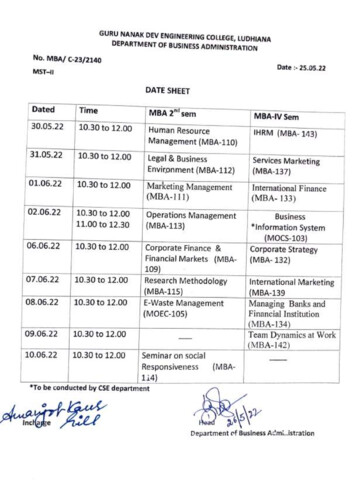


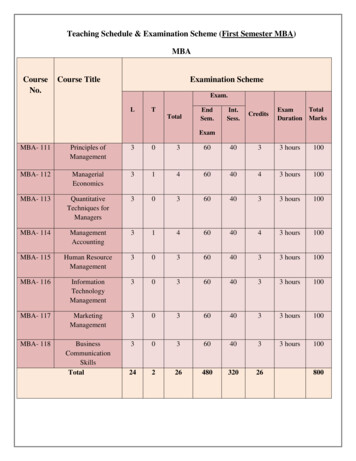
![NIAS EN COLOMBIA - Normas de Aseguramiento [Modo de compatibilidad]](/img/18/nias-en-colombia-normas-de-aseguramiento.jpg)
